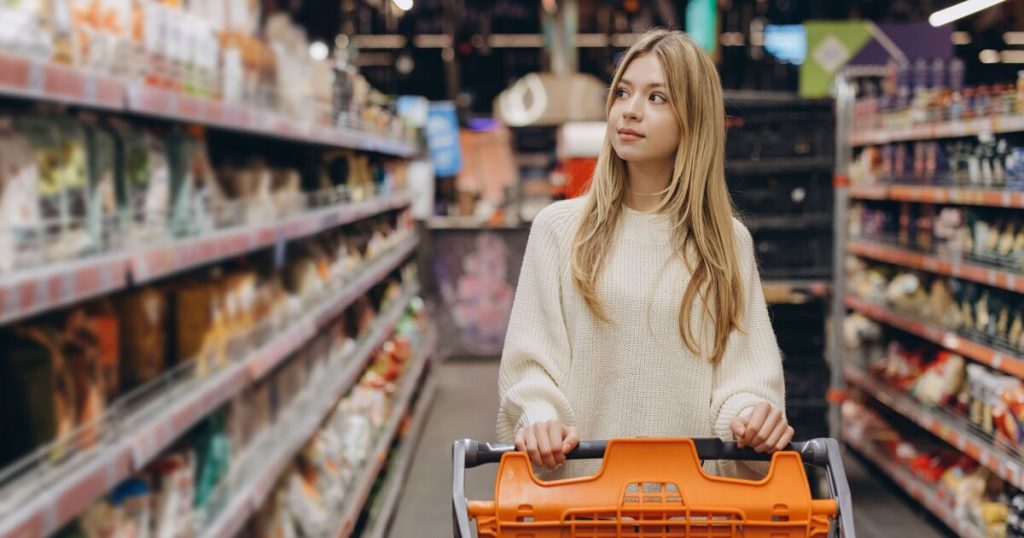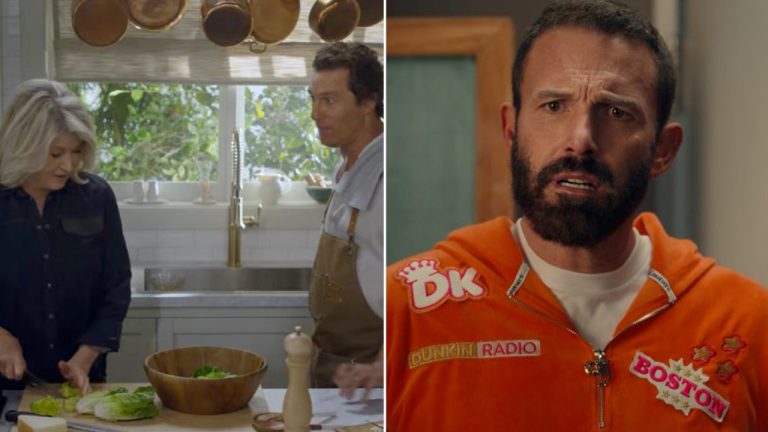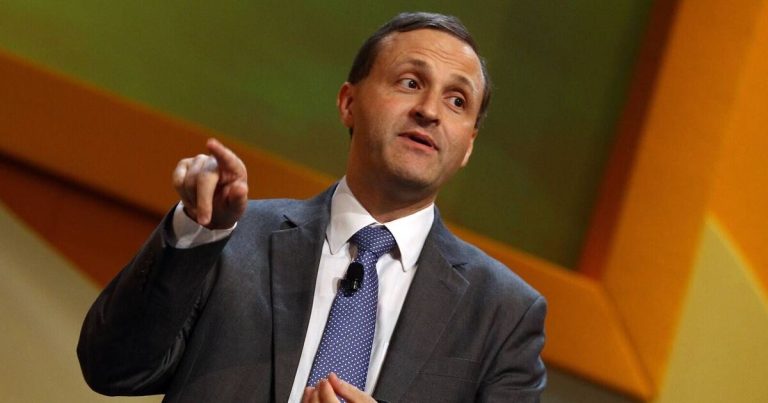
A television expert has divulged insider tips on how to snag the best bargains in supermarkets. During an appearance on ITV’s Lorraine, retail specialist Kate Quilton shared insights into the shelving strategies of major supermarkets such as Tesco, Asda, Sainsbury’s, Aldi, and Morrisons.
With food prices on the rise, Quilton emphasised the importance of knowing where to look for deals. She pointed out that the middle shelves, which are at eye level and easy to see, typically house high-margin popular items, suggesting they’re not where the best deals are found.
Instead, she advised shoppers to search elsewhere for similar products at much lower prices, noting that it often involves bending down. Quilton highlighted the financial pressure consumers are facing: “Right now we are spending more, a huge amount more, you know, 30% more on our weekly shop than we were in 2021.”
She continued, “It’s a huge amount of money for the same stuff. And then on top of that, you know, the supermarkets do have lots of methods by which push us to spend more money, of which, I mean, we saw just one there.”
To avoid shelling out for premium pricing, Quilton recommended a savvy shopping hack: “There is this premium spot on the shelf which is at 130 centimetres high, and that is naturally. Most of us, I mean, obviously, it’s height dependent, but it’s almost where the gaze, I understand, lies for all of us. And so that’s the premium spot.”, reports the Liverpool Echo.
“So the most profitable items which the supermarkets obviously want to shift at volume, that’s where they are. Right. So if you want to save money, you know, a good start is by looking down low, you know, you are going to find cheaper items and you’re pretty much always looking at, say you’re looking at, you know, tinned tomatoes. Look down low, you’ll find the cheaper ones.”
In other news, there could be a significant change on the horizon for those who use contactless payments for their shopping. The government has proposed a plan that could alter the way we shop at supermarkets like Tesco, Sainsbury’s, Aldi, Asda, and Morrison’s.
Currently, if your weekly grocery bill exceeds £100, you must insert your card into the chip and pin machine and enter your pin. However, with food inflation on the rise, £100 doesn’t stretch as far as it once did in supermarkets.
The Financial Conduct Authority (FCA) has indicated that it is considering increasing the contactless limit.
One expert believes that the Financial Conduct Authority’s plan, aimed at bolstering economic growth, will be advantageous for shoppers who predominantly prefer this mode of payment. John Clark, Head of Product at takepayments, stated: “Our previous research revealed that contactless is by far the most popular payment method in the UK – we surveyed over 1,000 UK consumers to understand how they prefer to make payments and nearly half of the respondents (48%) chose contactless card payments ahead of cash and Chip and PIN.”
He added, “Almost 9 in 10 (88%) of those who preferred contactless said convenience was the key reason why. Whilst contactless payments grew in popularity as a risk-aversive tactic during the pandemic, consumers may have gotten used to the convenience and speed that contactless offers – so much so that it now wears the crown as the payment method of choice over traditional Chip and PIN card payments and particularly cash.”
The most recent increase in the contactless limit – from £45 to £100 – occurred in October 2021, with the aim of promoting no touch point payments during the pandemic.
The government also hoped that by raising the limit and allowing consumers to spend more using their preferred payment method, this would help stimulate retail and economic growth post-COVID.







